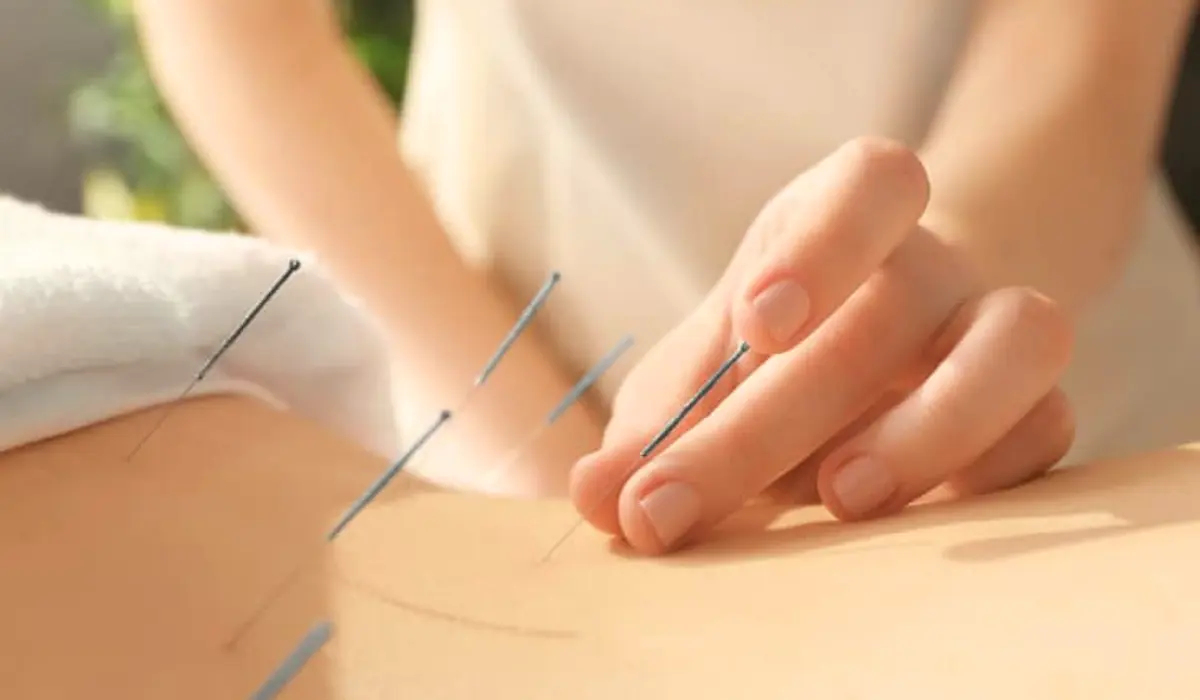Complex Regional Pain Syndrome (CRPS) is a chronic and debilitating condition characterized by severe, persistent pain that is often disproportionate to the initial injury or trauma. The symptoms of CRPS can vary from person to person but commonly include intense burning or throbbing pain, swelling, changes in skin color and temperature, and limited mobility in the affected area. CRPS can significantly impact an individual’s quality of life, making everyday tasks challenging and often leading to emotional distress.
As the search for effective treatments for CRPS continues, the ancient practice of acupuncture has emerged as a potential complementary therapy. This blog post aims to explore the effectiveness of acupuncture for CRPS by delving into the principles of this traditional Chinese medicine technique and examining scientific evidence supporting its use in managing CRPS symptoms.
Exploring Acupuncture As A Treatment For CRPS
Acupuncture is a centuries-old practice rooted in traditional Chinese medicine. It involves the insertion of fine needles into specific points on the body, known as acupoints, to stimulate the body’s natural healing processes. According to this ancient practice, acupuncture aims to restore the balance of energy flow (known as “qi” or “chi”) within the body, promoting overall well-being and alleviating various health conditions.

The potential benefits of acupuncture for CRPS lie in its ability to target multiple aspects of the condition. By stimulating specific acupoints, acupuncture may help alleviate pain, improve circulation, reduce inflammation, and promote relaxation – all of which can contribute to the management of CRPS symptoms.
Scientific studies have provided evidence supporting the use of acupuncture for CRPS. A systematic review published in the journal Pain Medicine in 2019 analyzed several clinical trials and found that acupuncture could effectively reduce pain and improve functional outcomes in individuals with CRPS.
Another study published in the Journal of Pain Research in 2018 reported that acupuncture, combined with conventional treatments, led to significant improvements in pain, swelling, and range of motion in CRPS patients.
Acupuncture Techniques For CRPS
When it comes to acupuncture for CRPS, various techniques may be employed depending on the individual’s condition and the practitioner’s approach. Traditional acupuncture involves the insertion of thin needles into specific acupoints along the body’s meridians (energy pathways). Electroacupuncture, on the other hand, combines traditional acupuncture with electrical stimulation, which can enhance the therapeutic effects.
Another technique commonly used for CRPS is auricular acupuncture, which focuses on acupoints located on the outer ear. This approach is based on the belief that the ear represents a microcosm of the entire body, and stimulating specific points on the ear can influence various bodily functions and alleviate pain.
During an acupuncture session, patients can expect a trained and licensed acupuncturist to carefully evaluate their condition and determine the most appropriate acupoints to target. The needles are typically left in place for 20 to 30 minutes, during which time the patient may experience a mild sensation of tingling, warmth, or heaviness around the needle sites. It is crucial to seek treatment from a qualified and experienced acupuncturist to ensure safe and effective treatment.
While acupuncture is generally considered safe when performed by a licensed practitioner, there are some potential risks and side effects to be aware of. These may include bruising, bleeding, or soreness at the needle sites, as well as dizziness or fainting in rare cases. It is essential to discuss any concerns or medical conditions with the acupuncturist before undergoing treatment.
Conclusion
The use of acupuncture for CRPS has shown promising results in managing symptoms such as pain, swelling, and limited mobility. By targeting specific acupoints and restoring the body’s energy balance, acupuncture may offer a complementary approach to conventional CRPS treatments. However, it is important to note that acupuncture should not be considered a standalone treatment for CRPS and should be incorporated into a comprehensive treatment plan under the guidance of a qualified healthcare professional.
If you or a loved one are living with CRPS and are interested in exploring acupuncture as a potential treatment option, it is essential to consult with a licensed and experienced acupuncturist, as well as your primary healthcare provider. Together, they can evaluate your specific condition and determine if acupuncture for CRPS is a suitable and safe choice for you.
For those seeking additional resources on acupuncture and its application in CRPS management, reputable organizations such as the National Institute of Complementary and Integrative Health (NCCIH) and the American Academy of Medical Acupuncture (AAMA) offer valuable information and research findings.
FAQs
Acupuncture is generally considered safe when performed by a licensed and qualified practitioner. However, as with any medical treatment, there are potential risks and side effects, such as bruising, bleeding, or soreness at the needle sites. It is essential to discuss any concerns or medical conditions with the acupuncturist before undergoing treatment.
The frequency of acupuncture treatments for CRPS can vary depending on the severity of your condition and the practitioner’s recommendation. Typically, weekly or bi-weekly sessions are recommended initially, with the frequency decreasing as symptoms improve.
Yes, acupuncture for CRPS is often used as a complementary therapy alongside conventional treatments, such as medications, physical therapy, or psychological interventions. It is important to inform your healthcare provider about any complementary therapies you are considering to ensure a coordinated and safe treatment plan.
The time it takes to see results from acupuncture for CRPS can vary from person to person. Some individuals may experience relief after the first few sessions, while others may require more time and consistent treatments. It is generally recommended to give acupuncture therapy several weeks or months to fully evaluate its effectiveness.
While the specific acupoints targeted may vary depending on the practitioner’s approach and the individual’s condition, some commonly used points for CRPS include those located on the affected limb, as well as points along the body’s meridians associated with pain relief, circulation, and inflammation reduction.

